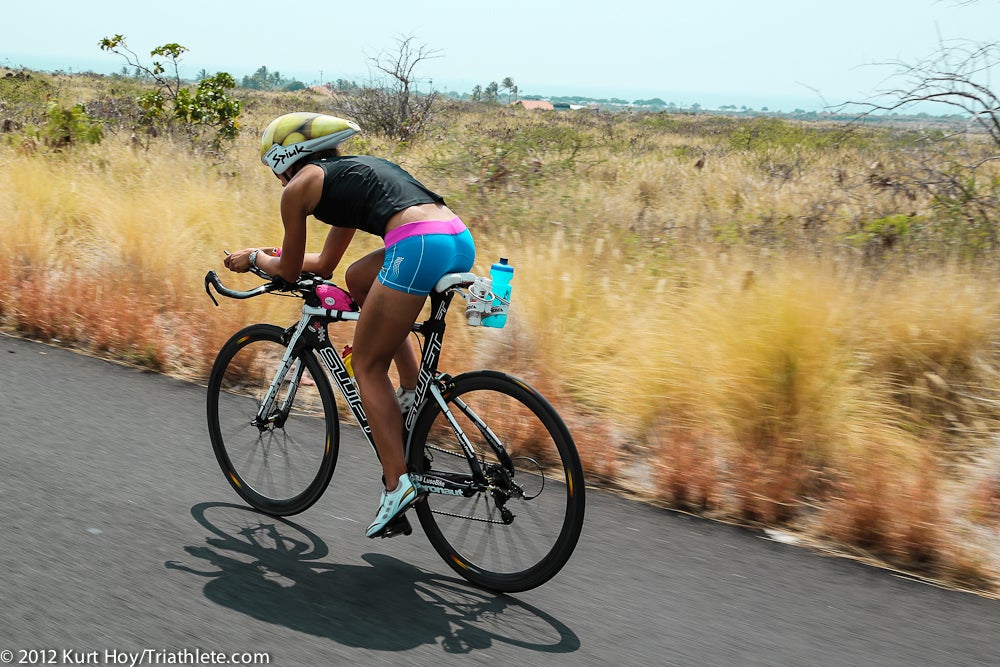What's the Best Way to Approach Nutrition on Long Bike Rides?

Photo: Kurt Hoy
Q: With the warmer weather finally here, I’m taking my long rides outside. How should I be approaching my on-the-bike hydration?
A: The first step is to assess your fluid needs. Test and know your sweat rate (the average is 24–32 ounces an hour, or at least one bottle per hour), then determine how much fluid you will need to carry for a race. Find out the specifics for your race; for example, sprint tris often do not supply fluid on the bike course, so you’ll need to carry your own. Olympic-distance races may have one, two (or no) bottle refill stations, so you’ll need to carry enough fluid to either complete your race, or make it between aid stations.
Next, address your bike frame size and setup to determine how much fluid you can hold and where you can stash it. For example, my tri bike can only hold one bottle cage on my downtube; larger bikes can hold two. Aerobars allow for front-mount bottles you can reach and drink while staying in the aero position. Rear-mount bottles allow for “easy reach” when in the aero position, provided you feel comfortable reaching behind you while riding. Regardless of which you choose, I’d recommend one bottle of plain water to drink with gels, bars and chews, and one to two bottles of sports drink (with 50–70 calories and 200mg sodium per 8 ounces). I advise my athletes to rely mostly on their sports drink (for fluid, calories and sodium in each gulp) and add extra water once calorie needs are reached or in excessive heat conditions for those with higher fluid volume needs. Just be sure to have your hydration setup and plan ironed out before you race.
Clinical nutritionist and certified sports dietitian Lauren Antonucci is the owner/director of Nutrition Energy in New York City.
RELATED: Practicing Triathlon Nutrition Indoors
Get the latest in triathlon training, gear, nutrition and news sent straight to your inbox. Sign up for Triathlete’s newsletter.